Obsession with category creation. Clay.com and the case of the GTM Engineer.
The article critiques the modern SaaS obsession with inventing new product categories and roles, like the "GTM Engineer," arguing that this often creates unnecessary complexity
It’s interesting to observe how nearly every SaaS product today isn’t just focused on building something great or, taking a cue from the Unix philosophy, doing one thing exceptionally well. Instead, there seems to be a widespread urge to create a new product category—everyone wants to be seen as a category leader. This whole obsession with category creation is everywhere. But is it really necessary?
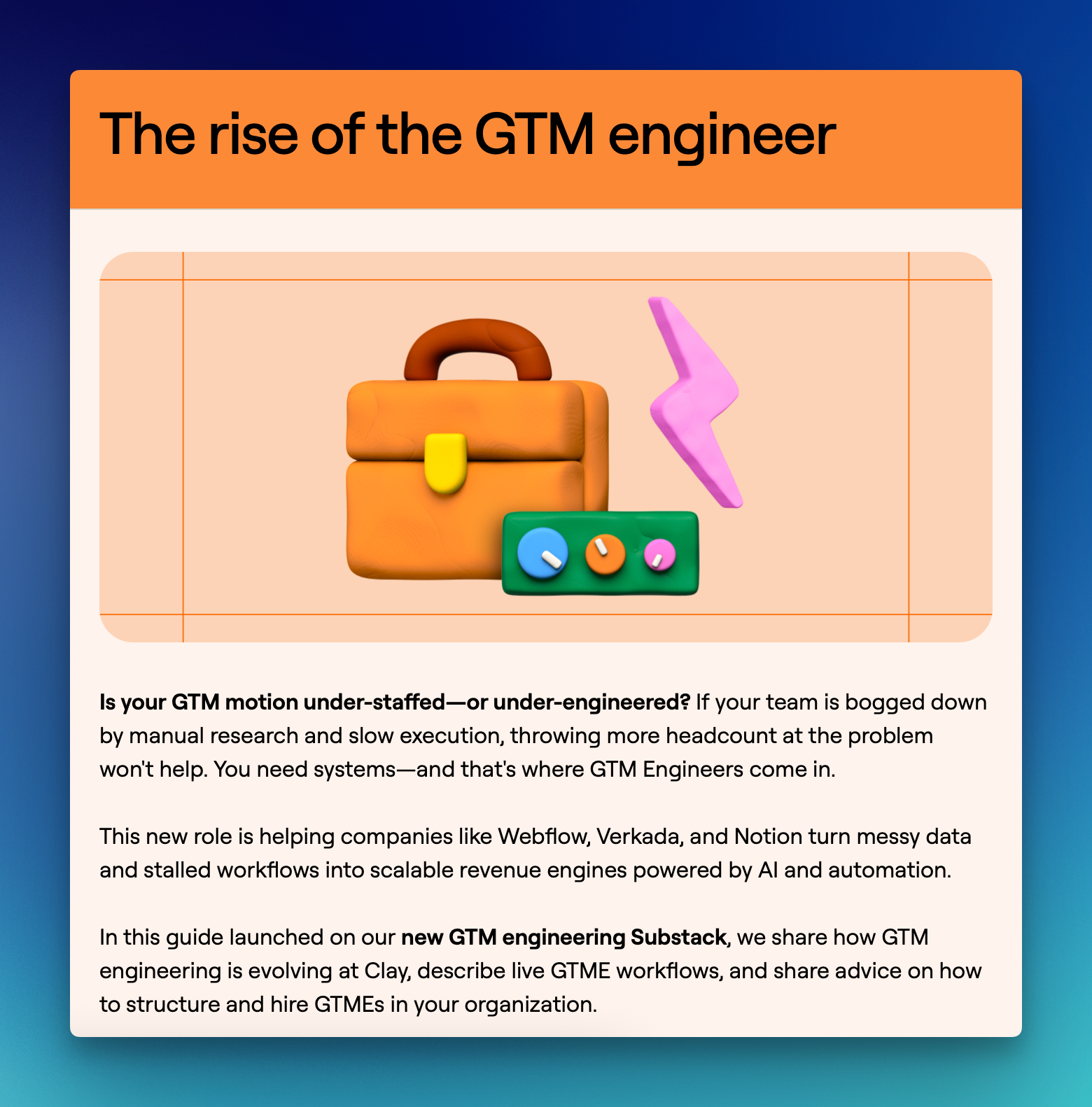
When companies pour resources into “inventing” new niches or roles, that energy could arguably be better spent perfecting their actual product or mastering the basics of marketing. Sometimes, entire conferences and books are built around these new categories, which can lead young marketers to fear missing out if they don’t jump onboard. But at the end of the day, good marketing is pretty straightforward: you have a product, you make a promise, and you keep it—communicating your value with clarity. Everything else, especially all the noise about category creation, might not be as important as it seems.
For example, take the recent trend from Clay.com with their introduction of the “GTM Engineer” role. Is this really a brand-new profession? Engineers have been solving go-to-market (GTM) challenges for years. So what makes this different now? While new problems do emerge, sometimes these roles feel like solutions to the very complexity that software products themselves have created.
One core issue underlying all of this is “data.” Modern tools—especially those like Clay—now scrape and amass enormous amounts of information from across the internet, often toeing the line of privacy boundaries to bring you mountains of personal data. But does simply having more data actually help sales or marketing teams do their jobs better? I wonder. For instance, just because you know a lead works at a Fortune 500 company, it doesn’t guarantee a closed deal. Intent still matters—and often, when someone is genuinely interested, it becomes clear pretty quickly.
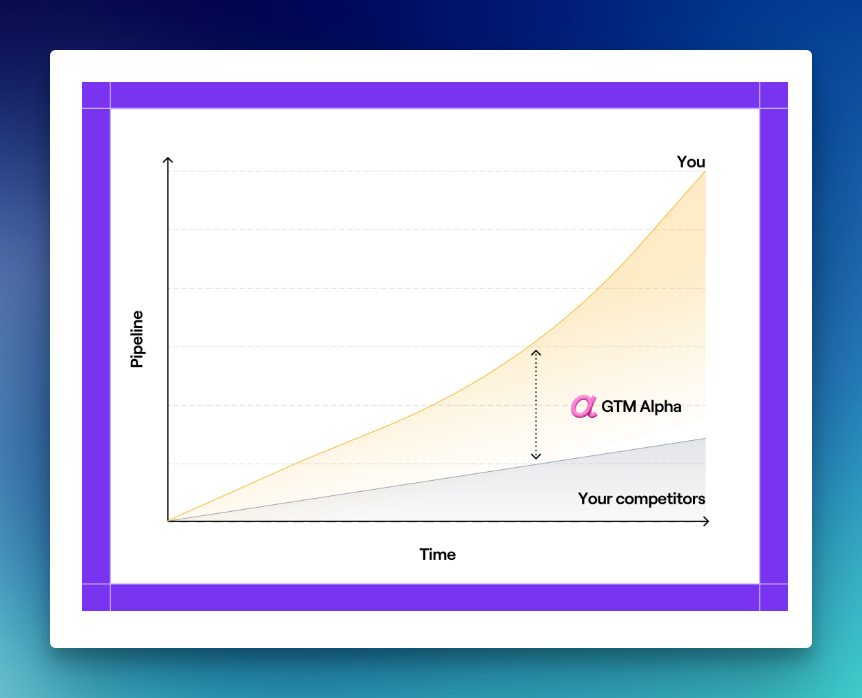
Then there’s outbound marketing. It seems so many companies are intent on sending unsolicited “cold” emails—simply because, with a tool like Clay, you can easily pull in 10,000 contacts, apply a handful of filters, define your “ideal customer profile,” and blast out generic messages. But does this actually work? Often, it doesn’t—open rates are low, and recipients are rarely engaged.
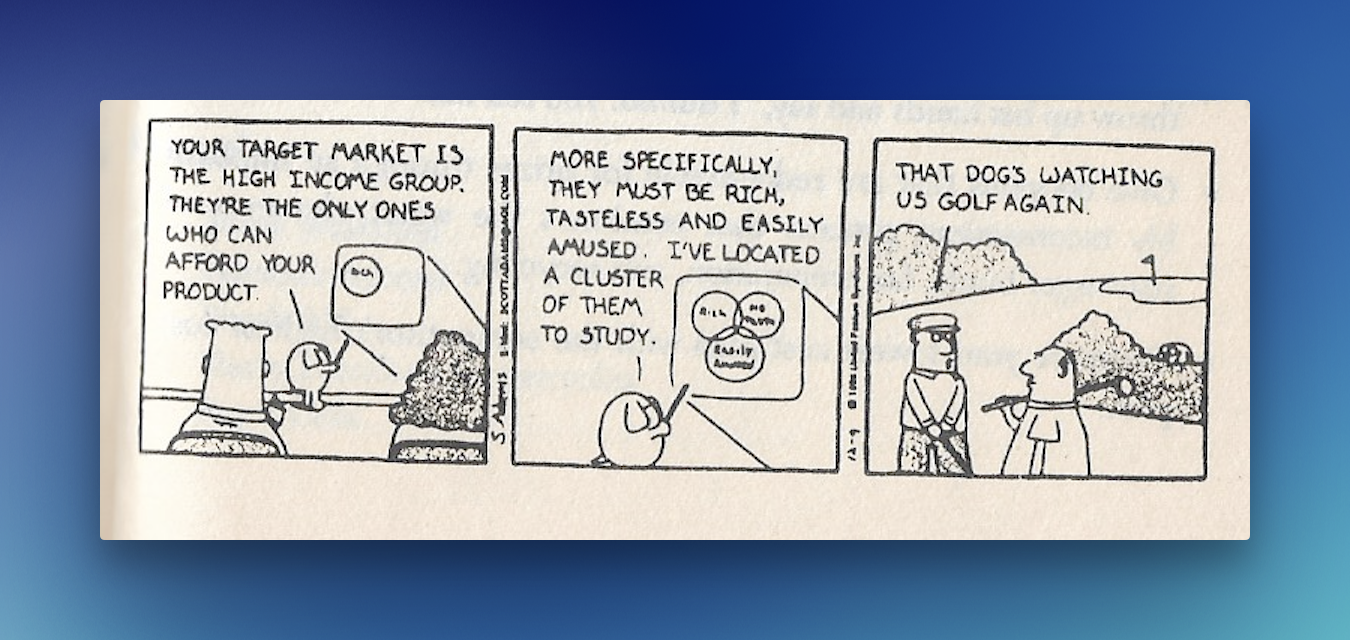
It makes me wonder: if every software company uses the same tools and has access to the same pool of data and then sends masses of unsolicited emails, can it really be effective? Wouldn’t everyone’s inbox just become saturated and noisy? There’s a certain irony here—much like the scenario where if everyone invests only in index funds, the original benefits of diversification are diminished. It’s worth stepping back and questioning whether we really recognize this cycle.
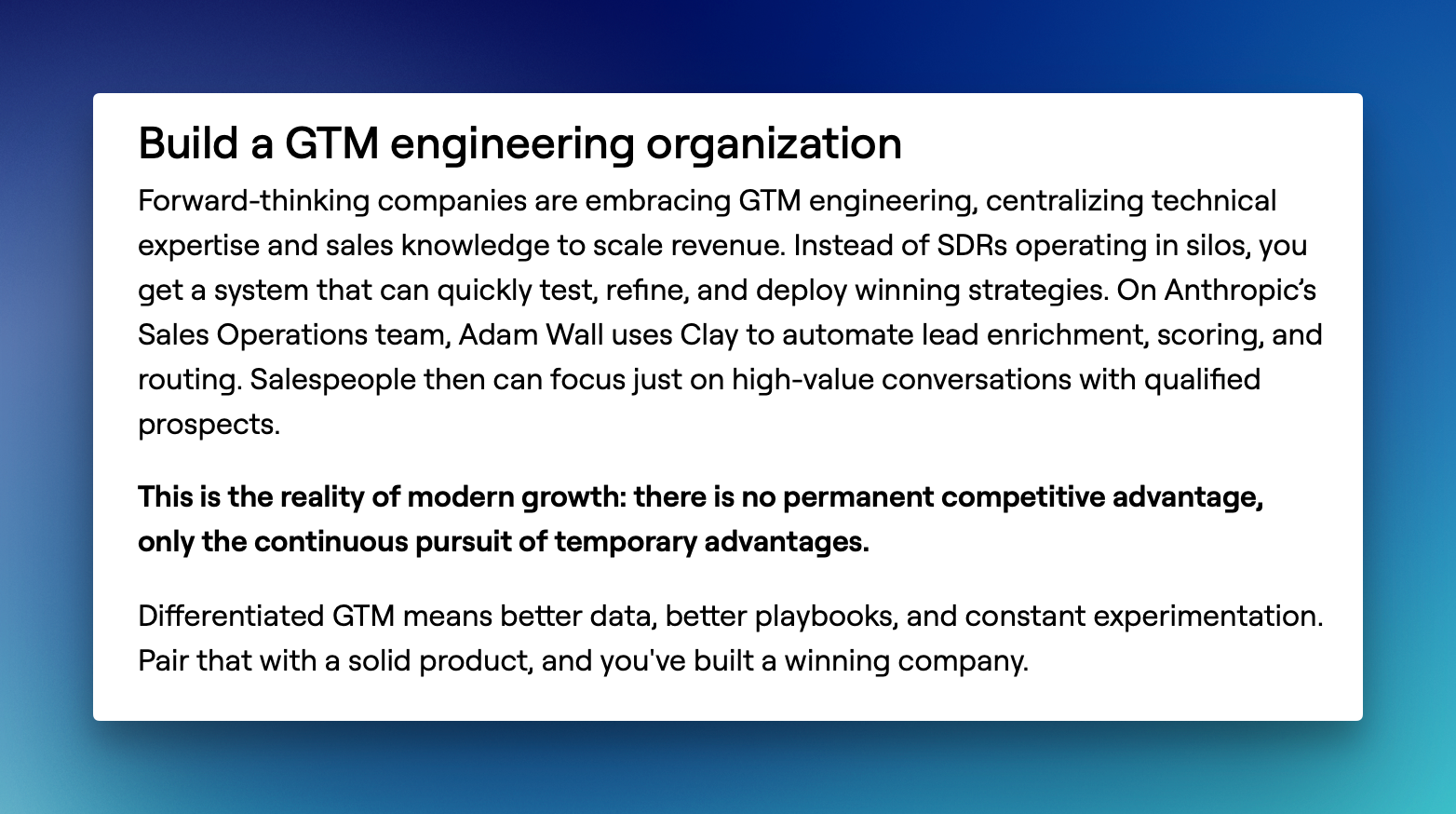
Another trend is the race to integrate with every possible app out there. Tools like Clay promise to connect with everything, from CRM to scraping to enrichment solutions and more. But do we really need all these overlapping tools? Each new platform seems to want to absorb the features of every other. And, honestly, these systems aren’t always designed to work smoothly together. While every tool touts the idea of providing a “single source of truth,” that promise is rarely realized in practice. The end result tends to be more data silos—not less—and added complexity.
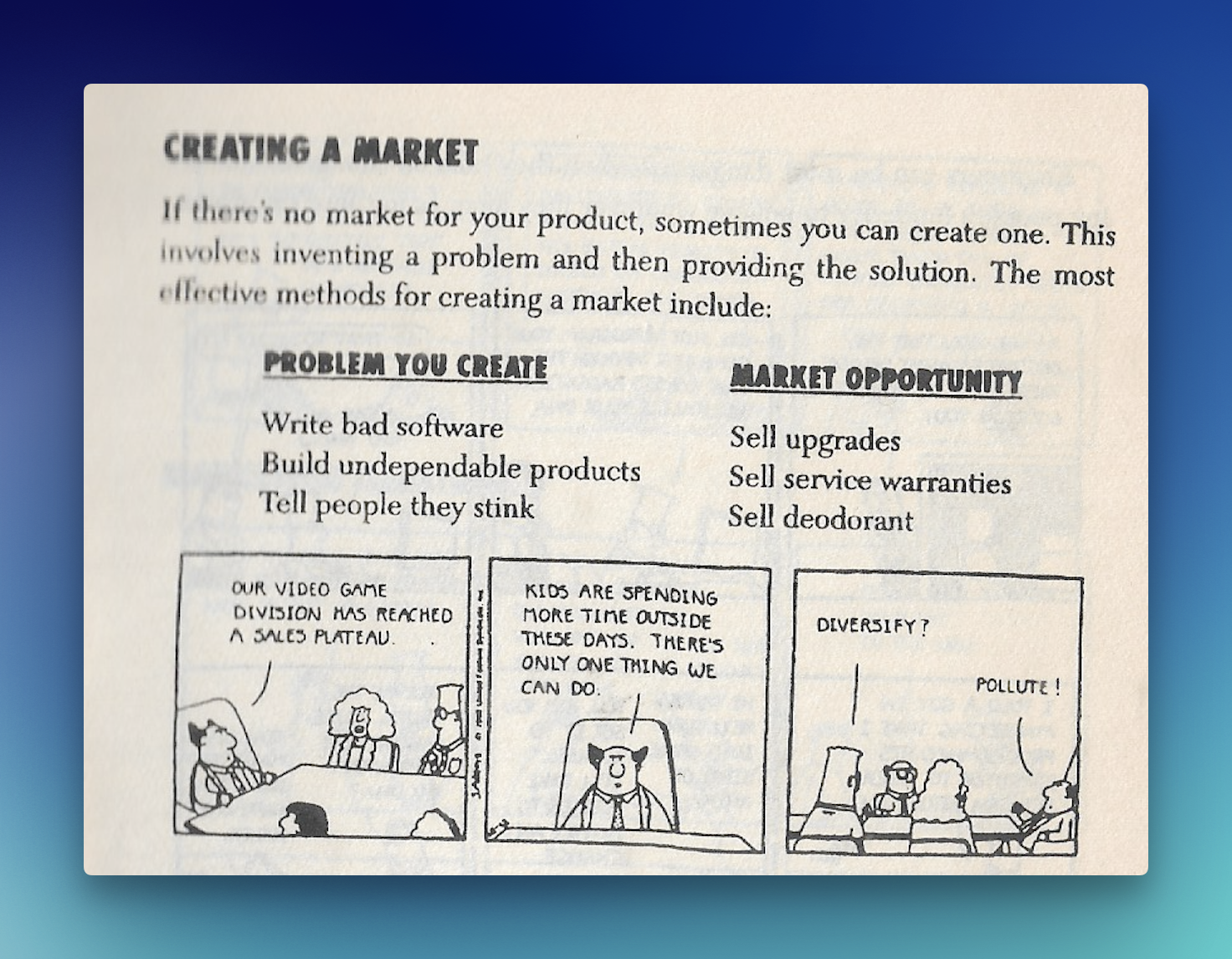
So, maybe it’s time to ask: does more data really guarantee more sales? Do endless integrations and attempts to break down data silos actually lead to better outcomes for sales and marketing? In reality, the constant proliferation of tools—and the temptation to send out waves of unsolicited emails—often seems to create more complexity and less efficiency.
Perhaps the better path is to intentionally use fewer tools, focus on the most relevant and actionable data, and stop relying so heavily on cold outreach. At the end of the day, keeping things simple and clear tends to work best—and that’s what really helps teams succeed.
Postscript:
One great example of an amazing product—my favorite product, which focuses on building exceptional product experiences and delivering on its promise—is Balsamiq. They don’t overpromise or give you false hopes of conquering the world. Instead, Balsamiq has one simple goal, and it helps you achieve it. That’s it. They have been doing this for the past 14 or 15 years.
The company helps you create wireframes; they didn’t start off by saying they wanted to be a category creator or a market leader. No. For the last 15 years, their focus has been on creating a fantastic product—and that’s why I don’t think anyone can beat Balsamiq.
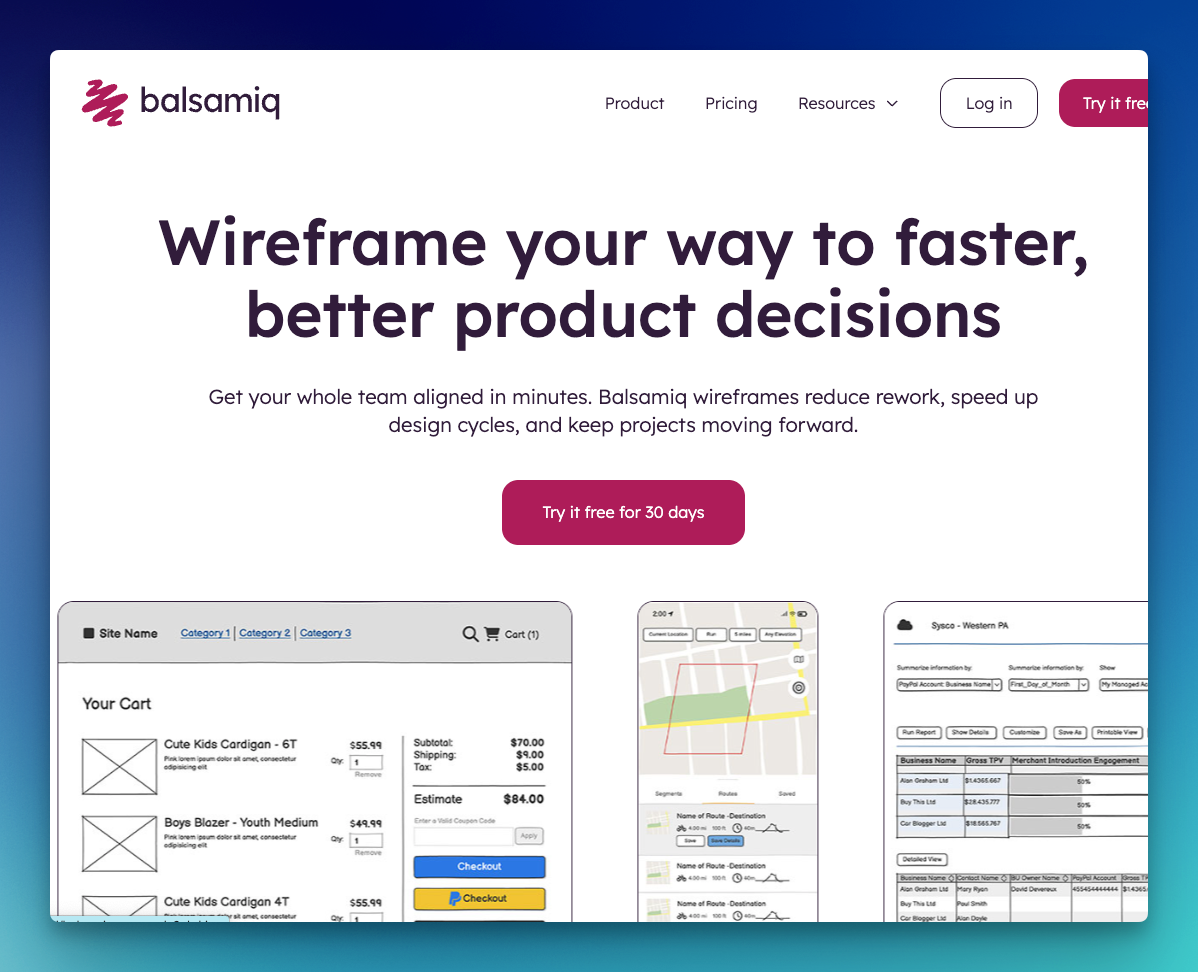
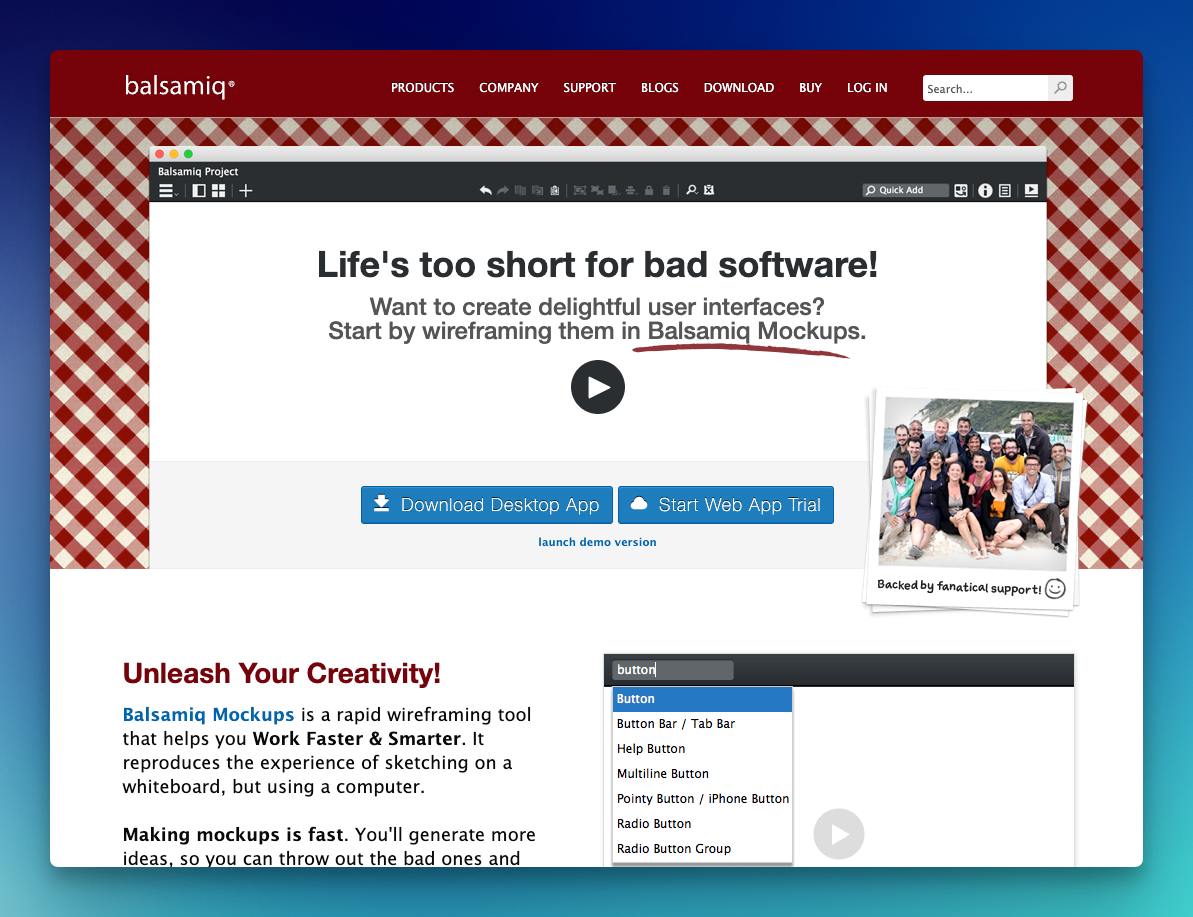
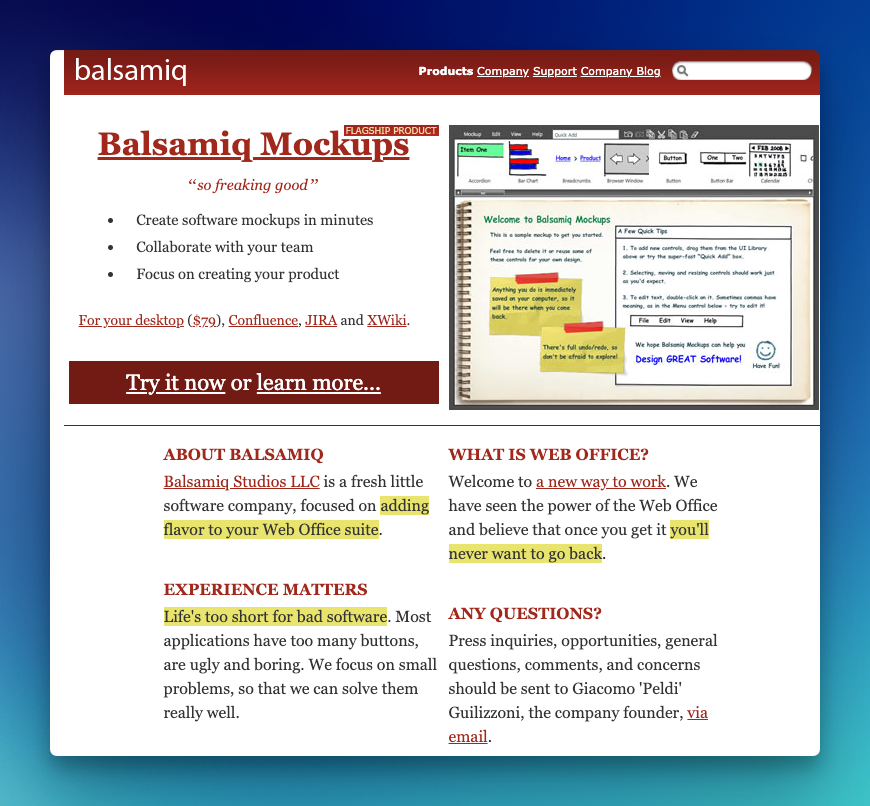
Balsamiq website from early 2009 to present. The promise they kept for more than a decade, and that is trust.
